With the increasing rarity of good- quality used planes and with their ever increasing desirability, the market for great used planes has tightened up significantly.
The search for the perfect plane is as old as personal flying itself. The difference between today and 1930, to use a random year as an example, is that instead of being limited to a handful of models, there are choices galore for pilots looking to get into a good pair of wings.
A surge in flying and airplane building throughout most of the 1960s and 1970s is largely to thank for the tremendous supply of good used airplanes, as is the fact that airplanes, unlike many hard goods, can be fixed and updated much the same as houses can. Examples of perfectly restored planes from 1903 to present around the world are proof that good airplanes don’t fade away if there’s someone willing to put the effort and investment into fixing them up.
That one word, “investment,” is key here. We know that pilots have different budgets and different needs, and since it’s impossible to catalog every model, we decided to offer a greatest hits of used planes running the gamut from an entry-level choice at $20,000 to a million-dollar dream ride.
For those pilots looking to get into their first plane, this is a great place to start. Just be aware that when sticker shock strikes, a bargain is a relative thing.
—Isabel Goyer




